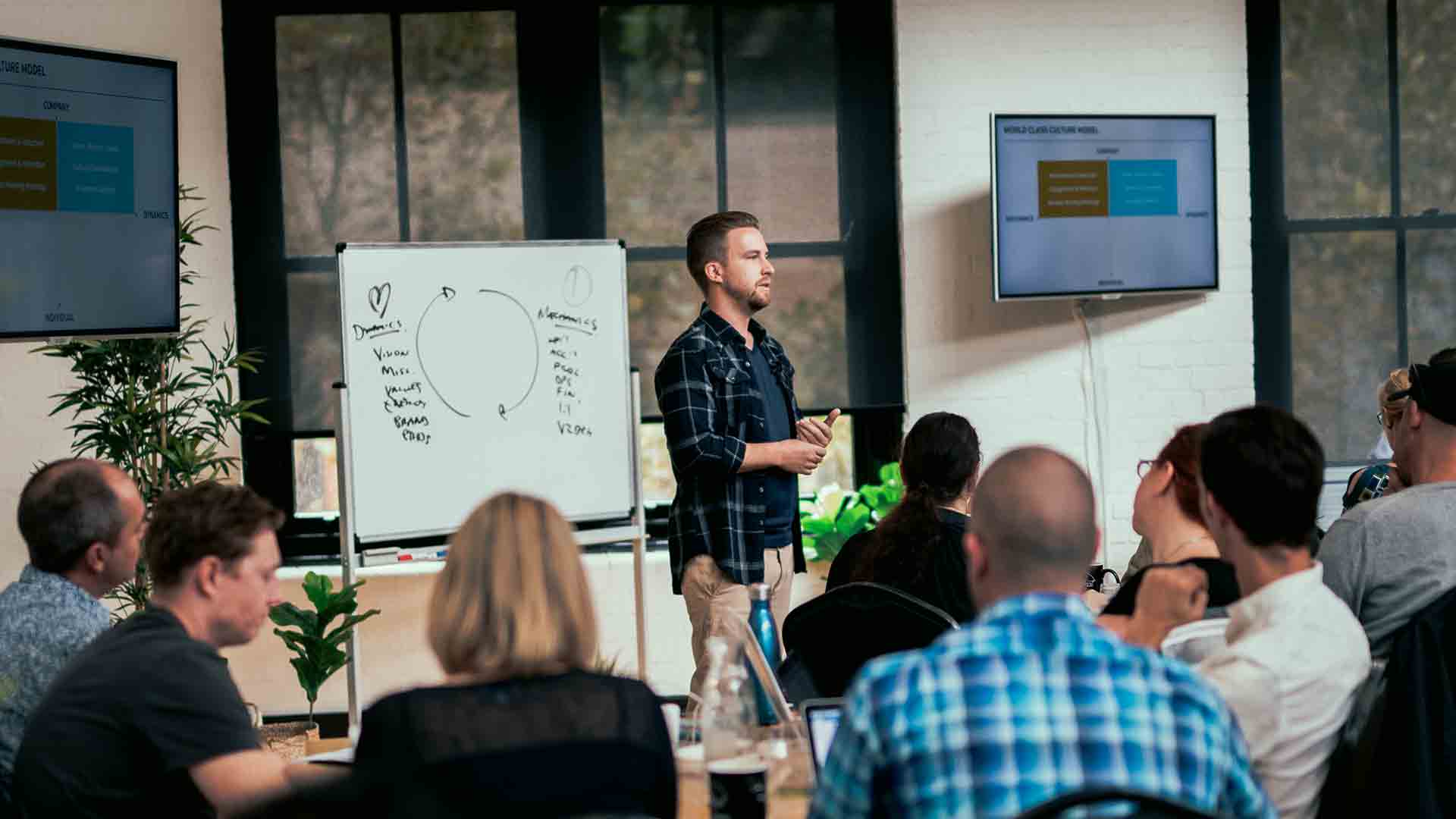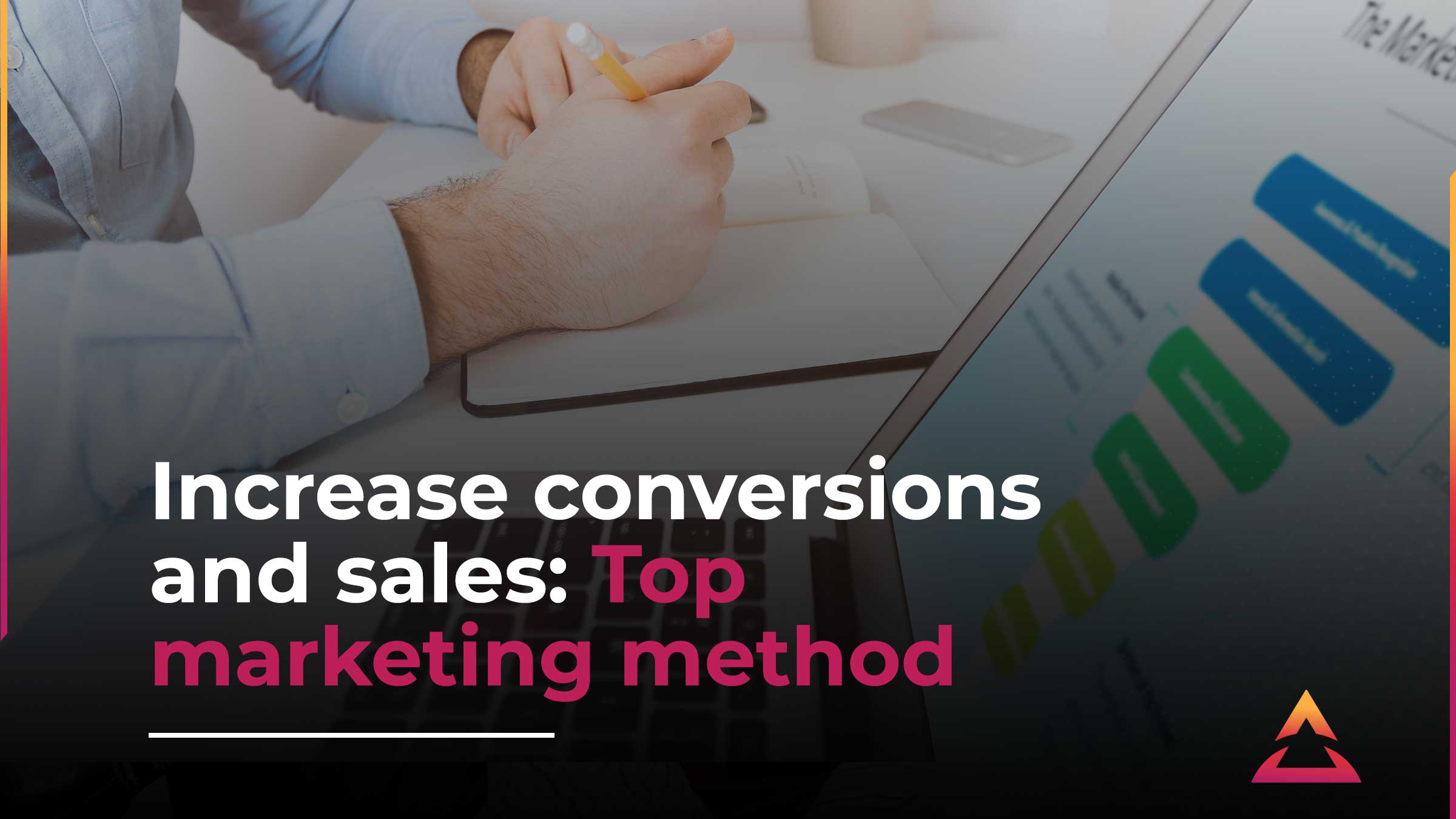
Your number one job as a seven-figure CEO is to architect the future.
Too often I encounter businesses that plateau once they reach the $1 million revenue mark, as they are held back by a CEO who is still operating as if they are in startup or seed stage.
The reality is, the kind of CEO you need to be and the way your team needs to operate as you scale your business, is vastly different from how you need to operate when you have a team of 5 or 10 people.
Your ecosystem is now much larger. You’ve now got more people in your team, you’ve got more customers, you might have more media attention and you’ve certainly got more expenses.
Imagine you’re the captain of a ship…. you’re now sailing a much larger ship. This means your foresight needs to reach much further.
You can no longer get away with pure hustle. If your intention is to scale, you absolutely have to plan.
In fact, the key difference I’ve pinpointed between businesses that hit 8-figures or more, and those that don’t, is their depth of planning and foresight.
The challenge often lies in balancing long-term planning with more immediate priorities, so here I’ll share the 8 core things, that you, as a Founder or CEO of a seven-figure organisation, need in order to reach 8-figures.
1. Vision
When I talk about vision, what I mean specifically is: What is the ultimate contribution your business can make either to the world, to your consumers, to your community, or to the environment?
This does not mean philanthropy or donating a percentage of your profits to charity (although of course, it can if you want it to). However, by contribution centric I mean what value are you bringing to other people’s lives? If you did that on a large scale over the next 10 or 20 years, what impact would it have?
Try and bottle and capture that impact into a single sentence.
Developing a vision that taps into much more than simply fattening your bank account will give you and your team a greater purpose.
2. Mission
In order to bring the vision into existence, you then need to develop a tangible, audacious goal that will enable you to actualise it. This is your mission.
Ask yourself, if there was one ultimate goal for me or my business or my team to achieve that would fulfill the vision what would that goal be?
While the vision is contribution-centric, focused on the world or the people in it. The mission is focused on you or your company, and who you need to become in order to fulfill the vision.
For me, my mission has always been around developing education. The mission I hold for myself and The Entourage is to become the world’s number one trainer and community for entrepreneurs.
3. Strategy
Now your thinking needs to become more specific. While vision and mission are slightly more vague, higher-level concepts, in the strategy, we need to start implementing more detail in terms of tangible pathways and milestones.
Think about where you want to be in 5 years from a commercial perspective. Maybe you want to build a $10 million dollar business. Maybe a $100 million dollar business.
Whatever this is for you, your strategy is where you do your gap analysis. You figure out where you want to be, and then reverse engineer what you need to do to get there in 5 years.
Your strategy should encompass everything from milestones achieved to date, sales, product mix, marketing, audience, and most importantly what kind of margin you need to be operating with.
Without proactively planning how you are going to grow your business, chances are in 5 years from now your business will be in a similar position to where it is now.
4. Operational Plan
You’ll notice now that with each step in this thinking process you’re gradually getting more and more specific, and therefore building out more detail. Generally, the further up our thinking extends, the more high-level it becomes. The closer we look, the more detail we’re able to build around the future we’re creating.
The operational plan should include the exact projects and core operational objectives and achieve them over the next 12 months to move you towards your strategy as best as possible. Break your operational plan into six elements; marketing, sales, product development and delivery, operations, financial management, and people.
Remember while planning ahead is essential, it’s important to be open to iterating, changing, and developing these plans as challenges arise throughout your journey.
5. Quarterly Goals and Focuses
Now you know the milestones you need to hit in the next year, break this down into what you need to achieve in the next 4 quarters.
Quarterly planning will help inform what projects to prioritise, what to say “yes” to, and equally as important, what you should be saying “no” to in the next 90-days.
Generally speaking, it’s best if any organisation has 3 to 5 quarterly focuses, and no more. When we get down to the immediate term focus is key.
6. Monthly Targets
Quarterly focuses give rise to the next thing you’re going to need, which is our monthly targets. If that’s our 12-month operational plan, that’s our quarterly goals, what do we need to achieve in the next month and the next three months in order to progress us towards that. Monthly targets.
Quarterly focuses should then inform our monthly objectives. At this level of thinking you set out the core projects you need to move forward with and the targets you need to hit each month to keep you on track.
7. Weekly milestones
Without weekly milestones, it’s easy for your team to get to the end of the month and realise they’re about to miss monthly targets. Often this results in a mad hustle 2 days before month end, where everyone is trying to catch up.
We’ve all been there. But the reality is, by this point in the month, it’s often too late to catch up. Instead keep your team on track to smash goals, by breaking down monthly targets into weekly milestones, and checking in week-to-week.
8. Today's to-do's
If we break this down to an even more granular level, it’s our weekly milestones that go then inform what our team should be doing each and every day.
While this isn’t something you should necessarily be micromanaging every single day as a leader (we need people in our teams who we can trust to manage their time effectively), it’s valuable for your team to understand how what they do each and every day is part of the bigger picture.
Conclusion
So by now, you should see how your ultimate vision and mission, gradually filter down through your strategy, operational plan, and quarterly focuses, into more granular monthly targets, weekly milestones, and daily to-dos. These 8 elements together will allow you to bring your vision to life from a commercially viable and sound perspective.
Remember, you’ll never have everything and everyone completely 100% aligned all of the timeIt just doesn’t happen – even though we might like it too.
Don’t let this deter you. In fact, one of my absolute favourite quotes is, “A rocket fails its way to the moon.” It’s never exactly pointed towards the moon, it will move forward and then it will gradually correct itself until it lands on the moon.
View your plan for your business, in fact, view your plans for your life through this lens. You can consult outside your business using a coach if need be. As long as you keep steering the rocket in the right direction, and correcting when you’re off course, you are on the right track.
I dive deeper into building $10 million+ businesses in a recent free eBook I released, The 8 Figure Blueprint. To learn the mistakes business owners make, and how to avoid them, download the eBook here.
Related Posts
Join the movement.
Your Entourage journey starts here. Join Australia's largest community of over 500,000 business owners and entrepreneurs, and receive instant access to exclusive content and updates delivered straight to your inbox.




